Performance Level Sil
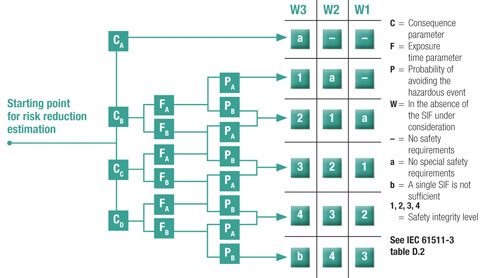
Safety Integrity Level Sil Risk Analysis
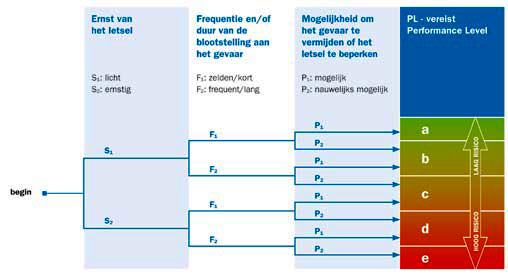
Zijn Standaardcomponenten Inzetbaar Voor Veiligheidsfuncties Safety Kennis Engineersonline Nl

Iso 1 Analysis Part 3 Architectural Category Selection

Functional Safety And Industry 4 0 Analog Devices

Terminology Explained What Is Safety Integrity Level Sil Dnv Gl Software

Functional Safety In Manufacturing Plant Operations
In simple terms, SIL is a measurement of performance required for a safety instrumented function (SIF) The requirements for a given SIL are not consistent among all of the functional safety standards In the functional safety standards based on the IEC standard, four SILs are defined, with SIL 4 the most dependable and SIL 1 the least.
Performance level sil. Safety Integrity Level (SIL) or Performance Level (PL) The new Machinery Directive (06/42/EC) was issued on 29 December 09 The scope of the new Machinery Directive has changed in a number of respects compared to its previous version A number of standards that fall under the Machinery Directive also change Among other things, the familiar. Putting simple safety Integrity level is a measure of performance required from a safety instrumented system to. This is below SIL 1 performance (a Risk Reduction Factor between 10 and 100, as shown in Table 1) Therefore, debating on the level of performance of the fire & gas system hardware alone may prove to be of little worth In this example – which is realistic – the overall system will never meet SIL 1 performance no matter what hardware is used.
Safety Integrity Level (SIL) indicates the degree of risk reduction, provided by an Instrumented Safety Function (SIF), implemented by a Safety Instrumented System (SIS), within a given process In other words, SIL is a measure of the SIF’s performance, in terms of Probability of Failure on Demand (PFD). The most important safety directives and standards available today are SIL (Safety Integrity Level) and PL (Performance Level) These directives are derived from the IEC /IEC and DIN EN ISO standards They specify under which circumstances systems must still perform their function (without failure) An important index of the. SIL 3 is a Safety Integrity Level that is appropriate for very specific and rare situations, in which a high level of riskreduction performance by a SIF is required The actual need for SIL 3 must be determined through an accurate and thorough SIL determination , and through a reassessment , also in consideration of the additional costs.
SIL stands for Safety Integrity Level A SIL is a measure of safety system performance, in terms of probability of failure on demand (PFD) This convention was chosen based on the numbers it is easier to express the probability of failure rather than that of proper performance (eg, 1 in 100,000 vs 99,999 in 100,000). Three levels are envisaged SIL 1, SIL 2, SIL 3 Average probability of serious failure per hour (PFH d) Tabella 3 di IEC 661 Thus, the SIL represents the safety level to be assigned to a SRECS for attainment of its safety integrity in the operating conditions and all the way through the time specified. Safety Integrity Level (SIL) is a measure of safety system performance – not a measure of process risk The higher the level of risk, the greater the system performance required.
These two new standards, safety integrity level (sil) or performance level (pl), define new safety aspects. Stipulated Performance Level PL d with Category 3 according to ISO or SIL due to IEC 661) Possible constructive measures (high protection against failure) can be like this • Protection against self loosening (eg welding, riveting). IEC 661 addresses SIL levels and ISO addresses Performance Levels While there are two different standards, the scope of each standard is very similar Note that either a SIL or Performance Level would be used, but not both The figure below shows an overview of the risk assessment process.
Safety Integrity Level SIL stands for Safety Integrity Level A SIL is a measure of safety system performance, in terms of probability of failure on demand (PFD) This convention was chosen based on the numbers it is easier to express the probability of failure rather than that of proper performance (eg, 1 in 100,000 vs 99,999 in 100,000. Safety Integrity Level (SIL) / Background SIL Determination Safety Integrity Level (SIL) is defined as a relative level of riskreduction provided by a safety function, or to specify a target level of risk reduction In (somewhat) simple terms, SIL is a measurement of performance or probability of failure on demand (PFD) required. Relevant parameters such as the risk parameters for determining the required performance level (PL r), the category of the SRP/CS, measures against commoncause failures (CCF) on multichannel systems, the average component quality (MTTF d) and the average test quality (DC avg) of components and blocks, are entered step by step in input dialogs.
The SIL expresses the required risk reduction or performance for the SIF This assessment, called SIL determination, defines the required performance or “target SIL” for the SIF, and a target Average Probability of Failure on Demand (PFD), representing the maximum value allowed in the range of a target SIL. EN ISO and Safety Performance Levels 2 Introduction EN ISO is the most important standard for regulating the basic principles and performance required of a safety control SIL PFHd PL Category MTTFd (year) DC avg (%) B10d Note Noncontact Door Switch. This is below SIL 1 performance (a Risk Reduction Factor between 10 and 100, as shown in Table 1) Therefore, debating on the level of performance of the fire & gas system hardware alone may prove to be of little worth In this example – which is realistic – the overall system will never meet SIL 1 performance no matter what hardware is used.
Uses the SIL (Safety Integrity Level) rating system to indicate the level of functional safety Assigns a numeric score from 1 to 4, with 1 being the lowest and 4 being the highest;. Historically, SIL (Safety Integrity Level) is often used as a synonym for functional safety SIL refers to the functional safety rating of the predominant functional safety standard the IEC and its numerous derivate standards such as IEC 661 and IEC This content was submitted directly to this website by the supplier. SIL stands for Safety Integrity Level A SIL is a measure of safety system performance, or probability of failure on demand (PFD) for a SIF or SIS There are four discrete integrity levels associated with SIL The higher the SIL level, the lower the probability of failure on demand for the safety system and the better the system performance.
1996 will be fully replaced in December, 11 by EN/ISO ;. Safety Integrity Level (SIL) & Performance Level (PL) Certification Delivering real business benefits across key segments // Contact us 44 (0)14 ;. IEC 661 addresses SIL levels and ISO addresses Performance Levels While there are two different standards, the scope of each standard is very similar Note that either a SIL or Performance Level would be used, but not both The figure below shows an overview of the risk assessment process.
Performance Level d (PLd) is the standard option on MTS Landmark Test Systems that are using hydraulic pressure of lpm (1530 gpm) This solution requires a load frame with test area enclosure*, a FlexTest controller and a load frame station supervisor It includes cables and hose kit. Performance Level d (PLd) is the standard option on MTS Landmark Test Systems that are using hydraulic pressure of lpm (1530 gpm) This solution requires a load frame with test area enclosure*, a FlexTest controller and a load frame station supervisor It includes cables and hose kit. Both SIL (Safety Integrity Level) and PL (Performance Level) are measures of the reduction in risk provided by a safety function of a control system For systems that are operating continuously, SIL and PL are both defined as ranges of the probability of dangerous failure per hour and they overlap.
An SIL analysis is a quantitative target for measuring the level of performance needed for a safety function to achieve a tolerable risk for a process hazard It is a measure of safety system performance in terms of the probability of Failure on Demand (PFD). EN ISO and Safety Performance Levels 2 Introduction EN ISO is the most important standard for regulating the basic principles and performance required of a safety control SIL PFHd PL Category MTTFd (year) DC avg (%) B10d Note Noncontact Door Switch. Into a SIS The SIL level number is based on the amount of risk reduction needed to maintain an acceptable rate of failure Each of the 4 levels of SIL represents an order of magnitude of risk reduction – the higher the level, the greater the impact a failure (and thereby, the lower the acceptable failure rate) SIL 4 has the highest.
True, the European Machinery Directive has ruled that EN 9541;. Safety Integrity Level (SIL) and Performance Level (PL)—History and Distinction Speaking of ways to rate systems for use in today’s safety applications, the acronyms SIL (safety integrity level), PL (performance level), and SILCL (SIL claim level) come to mind. Safety Integrity Level (SIL) indicates the degree of risk reduction, provided by an Instrumented Safety Function (SIF), implemented by a Safety Instrumented System (SIS), within a given process In other words, SIL is a measure of the SIF’s performance, in terms of Probability of Failure on Demand (PFD).
Subscribe for Updates Hardware and software safety systems in the industrial sector are becoming increasingly complex. Example SIL3 (note that only levels 13 apply to machine systems). Safety Integrity Level (SIL) is a measure of safety system performance – not a measure of process risk The higher the level of risk, the greater the system performance required.
Is the outcome clear?. In different industrial sectors risk assessment is fundamental step to determine required safety integrity level (SIL), eventually performance level (PL), which guarantees risk linked to some. A Safety integrity level (SIL) is determined as a relative level of risk reduction and mitigation provided by a safety function, or to indicate a target level of risk reduction and mitigation In simple terms, SIL is a measurement of performance required for a safety instrumented function (SIF).
In simple terms, SIL is a measurement of performance required for a SIF In the European Functional Safety standards based on the IEC standard, four SILs are defined, with SIL 4 being the most dependable and SIL 1 being the least. If you design products or systems that perform safety functions with a safety integrity level (SIL 1, 2, 3 or 4), or performance level (PL a to e) then we can help you See how our customers have benefited from our services and what they are saying about us Click on the tabs below to see our three principle functional safety services which we. Over the next ten years picture a safety circuit with six safety certified components and four are certified to Performance Level (PLx) and the other two are certified to Catx!.
(ii) The aircraft's NAC V must be less than 10 meters per second;. Safety Integrity Level (SIL) Functional safety in accordance with EN IEC 661 EN/IEC 661 represents a sectorspecific standard under IEC It describes the implementation of safetyrelated electrical control systems on machinery and examines the overall lifecycle from the concept phase through to decommissioning. Safety Integrity Level (SIL) or Performance Level (PL) The new Machinery Directive (06/42/EC) was issued on 29 December 09 The scope of the new Machinery Directive has changed in a number of respects compared to its previous version A number of standards that fall under the Machinery Directive also change Among other things, the familiar.
•Safety Integrity Level (SIL) –Discrete level (one out of a possible three) for specifying the safety integrity requirements of the safetyrelated control functions to be allocated to the SRECS •Probability of Dangerous Failure per hour (PFHd) –Average probability of dangerous failure within 1 h. SIL stands for Safety Integrity Level A SIL is a measure of safety system performance, in terms of probability of failure on demand (PFD) This convention was chosen based on the numbers it is easier to express the probability of failure rather than that of proper performance (eg, 1 in 100,000 vs 99,999 in 100,000). Relationship between PL and SIL IEC specifies the safety integrity level (SIL), which is similar to performance level (PL) The following table shows the relationship between these 2 concepts Relationship between PL and SIL (excerpt from ISO ).
The “safety life cycle” and the “safety integrity level” (SIL) form the basis for the application of this international standard The safetyrelated systems considered in the standard are based on electrical (E) /, electronic (E) / and programmable electronic (PE) technology. (c) ADSB Out Performance Requirements for NAC P, NAC V, NIC, SDA, and SIL (1) For aircraft broadcasting ADSB Out as required under § (a) and (b) (i) The aircraft's NAC P must be less than 005 nautical miles;. As defined in the IEC standards, there are four SIL Levels (14) A higher SIL Level means a greater process hazard and a higher level of protection required from the SIS To generalize how SIL Level is determined, see Figure 1 SIL Level is a function of hazard frequency and hazard severity.
Safety Integrity Level (SIL) indicates the degree of risk reduction, provided by an Instrumented Safety Function (SIF), implemented by a Safety Instrumented System (SIS), within a given process In other words, SIL is a measure of the SIF’s performance, in terms of Probability of Failure on Demand (PFD). Stipulated Performance Level PL d with Category 3 according to ISO or SIL due to IEC 661) Possible constructive measures (high protection against failure) can be like this • Protection against self loosening (eg welding, riveting). SIL is a relative level of risk reduction provided by a safety function SIL ratings correlate to frequency and severity of hazards They determine the performance required to maintain and achieve safety — and the probability of failure There are four SILs — SIL 1, SIL 2, SIL 3, and SIL 4.
SIL is a relative level of risk reduction provided by a safety function SIL ratings correlate to frequency and severity of hazards They determine the performance required to maintain and achieve safety — and the probability of failure There are four SILs — SIL 1, SIL 2, SIL 3, and SIL 4. (iii) The aircraft's NIC must be less than 02 nautical. Safety Integrity Level Safety Integrity Level it is a discrete level (one out of a possible four) for specifying the safety integrity requirements of the safety functions to be allocated to the E/E/PE safetyrelated systems;.
SIL Levels (as per IEC ) There are four discrete integrity levels associated with SIL SIL 1, SIL 2, SIL 3, and SIL 4 The higher the SIL level, the higher the associated safety level, and the. The reliability of a single component or assembly of components (ie the machine) is designated as either its Safety Integrity Level (SIL) or Performance Level (PL) In both cases, the corresponding SIL or PL value is determined based on the calculated ‘statistical probability of failure’. Safety Integrity Level (SIL) or Performance Level (PL) The new Machinery Directive (06/42/EC) was issued on 29 December 09 The scope of the new Machinery Directive has changed in a number of respects compared to its previous version A number of standards that fall under the Machinery Directive also change.
Three safety integrity levels (SIL) were described in the ANSI/ISA standard Revised standard ANSI/ISA (IEC mod) now includes the higher SIL 4 SILs are a measure of system performance the higher the number, the better the safety performance, such as lower probability of failure on demand.

Functional Safety And Industry 4 0 Analog Devices

Sil And Pl Certified Digital Proportional Valves Offer New Design Opportunities Hydraulics Pneumatics
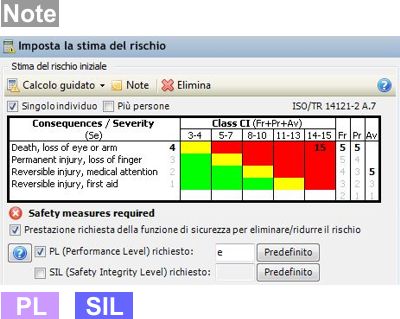
Il Report Di Cem4 Relativo Al Calcolo Del Pl Sil Delle Funzioni Di Sicurezza Certifico Srl
Cdn Sick Com Media Content H97 Hfe Pdf
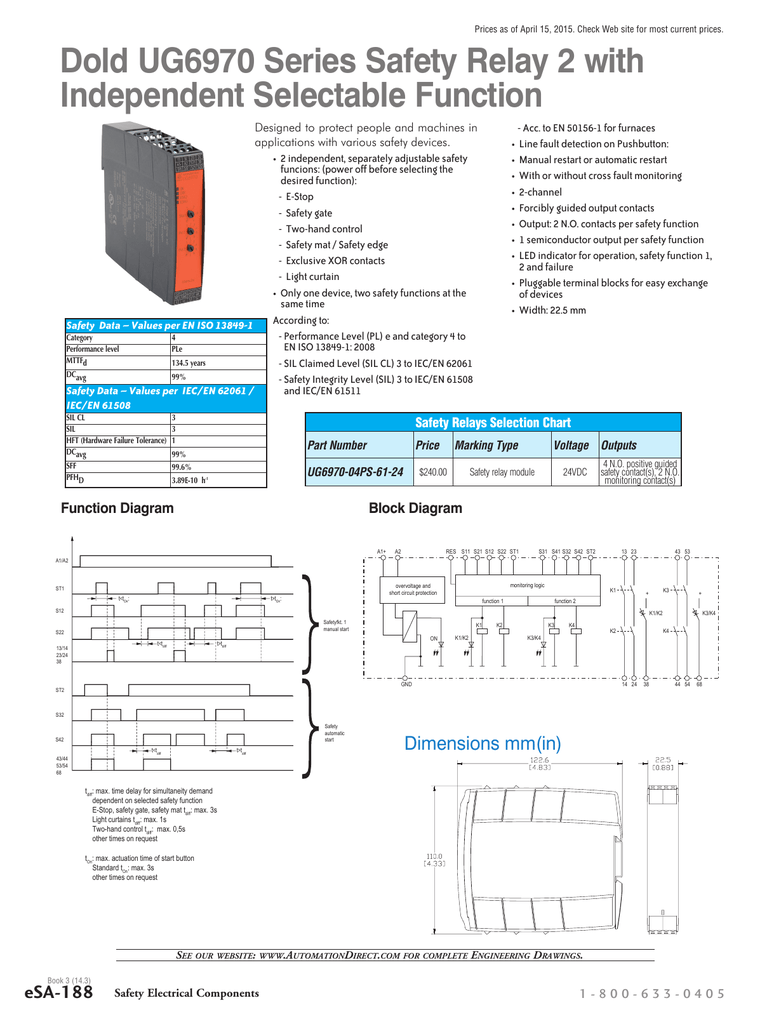
Dold Ug6970 Series Safety Relay 2 With Manualzz
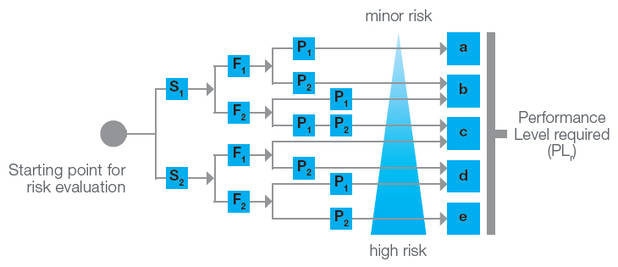
Safety For Machines Pl Pfannenberg

Phoenix Contact Standards And Directives
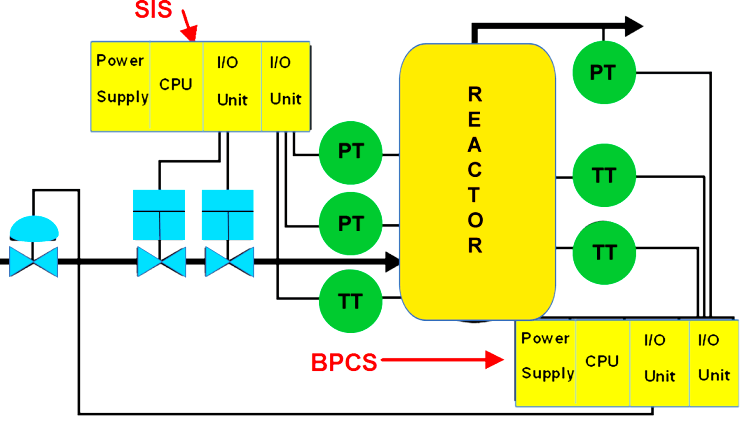
Difference Between Sis Plc And Bpcs Systems Instrumentation Tools

2 4 Safety Related Parts Of Control Systems Leuze The Sensor People

Valg Av Sil Eller Pl Kategori Forum Www Trainor No
Risikograph Fur Bewertung Des Sil

Safety Integrity Level Sil Certification
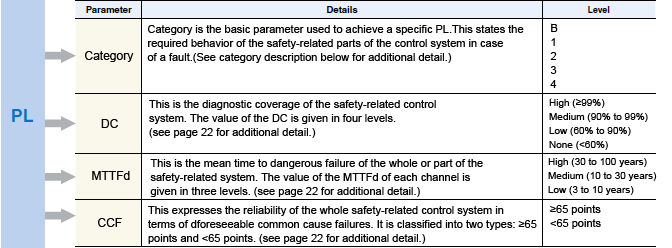
Pl Parameters Safety Knowledge Keyence

Inhouse Schulung Beratung Din En Iso Mttfd Pl Sil Bestimmung Mittels Risikobeurteilung Und Sistema Abschatzung Maschinensicherheit Berechnung Des Performance Level Sicherheit Von Maschinen Risikominderung Qmti Luciano Bianchin

Safety Integrity Level Sil And Performance Level Pl Dis Sensors
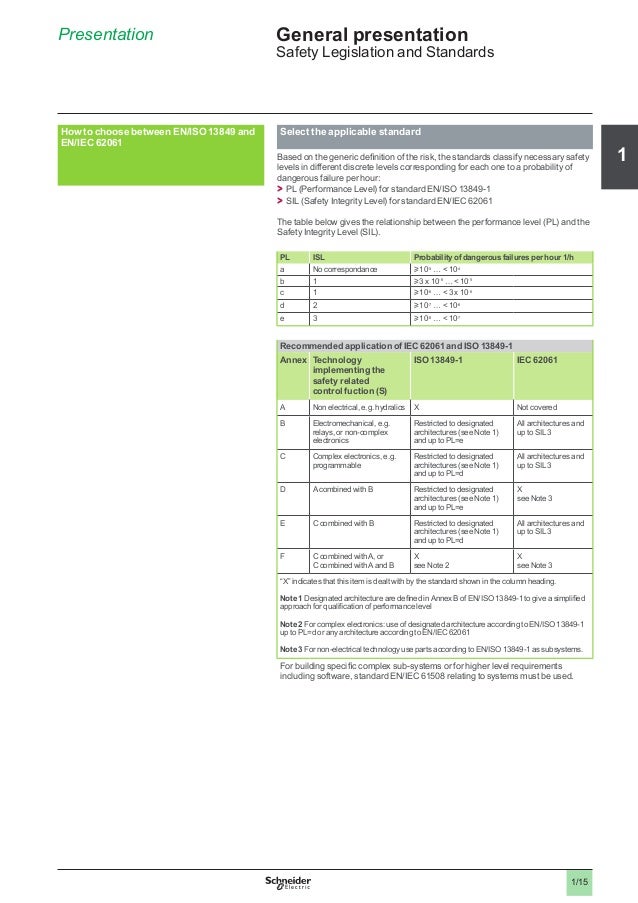
Difference Between En Iso And En Iec 661

Sicherheitsfunktionen Performance Level Oder Sil Level Im Maschinenbau Lauer Ce Safety Gmbh Fur Ce Kennzeichnungen In Coesfeld
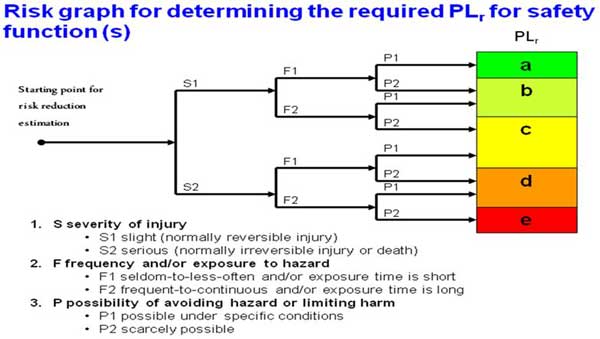
Control Engineering En Iso 1 The Quantitative Approach To Machine Safety Begins With A Qualitative Process

Ifan Beratungsleistungen Fur Risikobeurteilungen
Umrechnung Von Performance Level Pl Auf Sicherheits Integritatslevel Sil

Understanding Safety Integrity Level Iec Instrumentation Tools

Safety Integrity Level Explained Malefasr
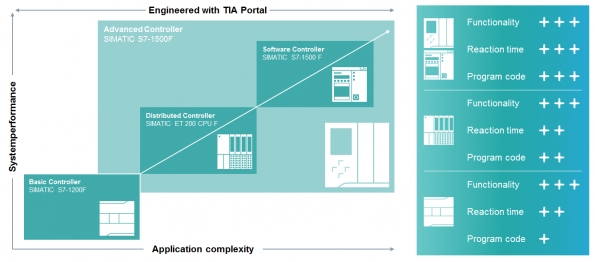
Simatic S7 F P Press Safety Blocks Id Industry Support Siemens

Noser Blog Was Ist Funktionale Sicherheit Noser Blog

Safety Integrity Level Sil And Performance Level Pl Logic Srl

Inhouse Schulung Beratung Din En Iso Mttfd Pl Sil Bestimmung Mittels Risikobeurteilung Und Sistema Abschatzung Maschinensicherheit Berechnung Des Performance Level Sicherheit Von Maschinen Risikominderung Qmti Luciano Bianchin
Q Tbn And9gcsexbkvv5xvvcpjtd9fwiwi0euqkk7huozuhijqhnujikq6ntfa Usqp Cau

Control Engineering Machine Safety 13 Terms To Know For Compliance With Functional Safety Iso 1
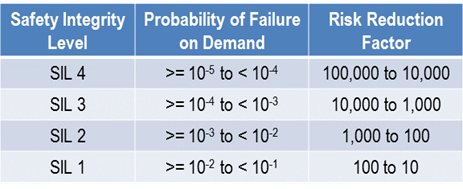
What Does Sil Stand For In Safety Indelac Controls Inc
Cdn Sick Com Media Content Hb0 H53 Pdf

Sicherheitssystem Wikipedia

Calculation Tool To Verify Functional Safety Pilz Au
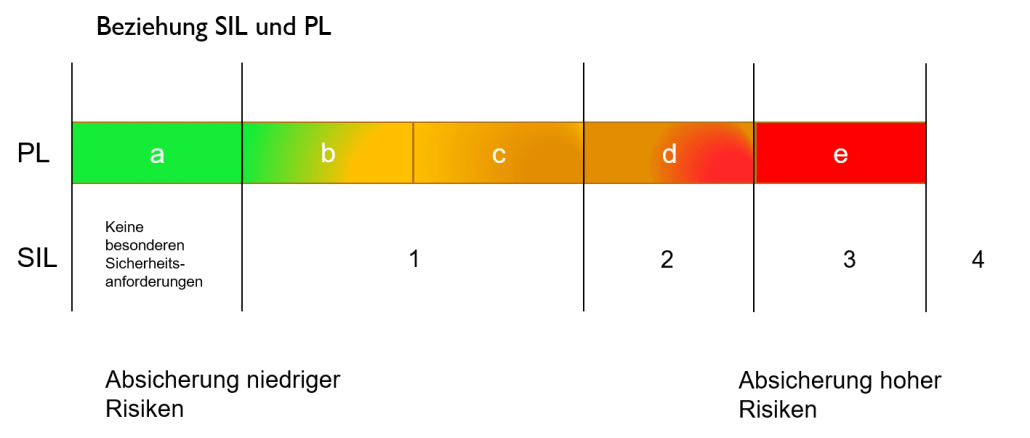
Was Bedeuten Die Abkurzungen Pl Und Sil Flugel Funktechnik
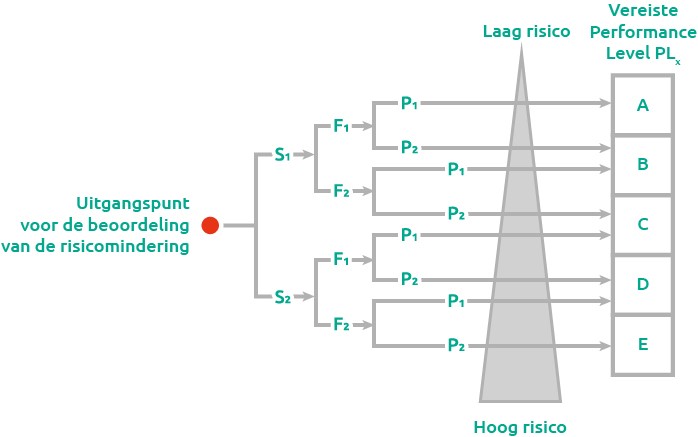
Wat Zijn De Verschillen Tussen Safety Integrity Level Sil En Performance Level Pl Istec International
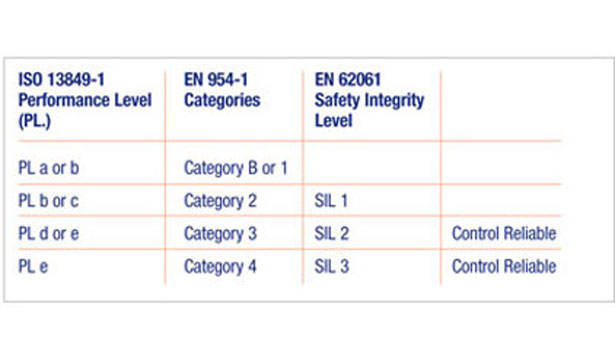
Protect Your Machine Operators 13 04 02 Ishn

Functional Safety Sil Pl
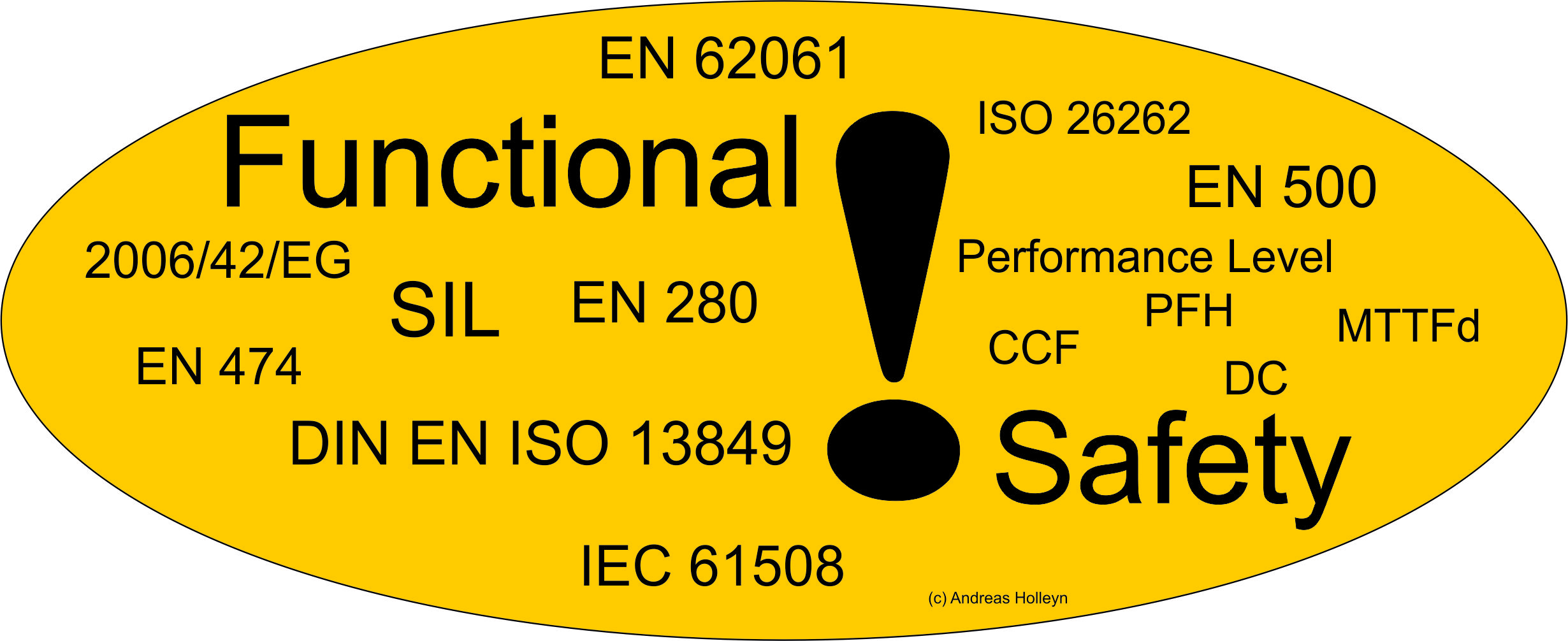
Functional Safety Plays An Increasingly Important Role On The Construction Site

Terminology Explained What Is Safety Integrity Level Sil Dnv Gl Software

Difference Between Sis Plc And Bpcs Systems Instrumentation Tools
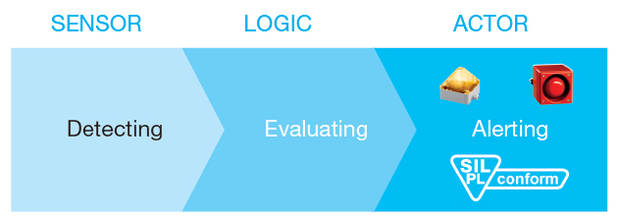
Safety For Machines Pl Pfannenberg
Q Tbn And9gcqij6vxv44x6dwusi Iukgiu1ibkmsuvdomuoddrfhd014fdmgz Usqp Cau

Pl Parameters Safety Knowledge Keyence

Safety Functions Of Safety Components Technical Guide Australia Omron Ia
Http Ifev Rz Tu Bs De Sit Safetyintransportation Sit11 Graefeling Pdf

En 1 Sil 2 Pl D Mttfd Etc And What Does It Mean For Crane Safety Systems Kst Systemss Webseite
Der Risikograph Zur Bewertung Von Risiken
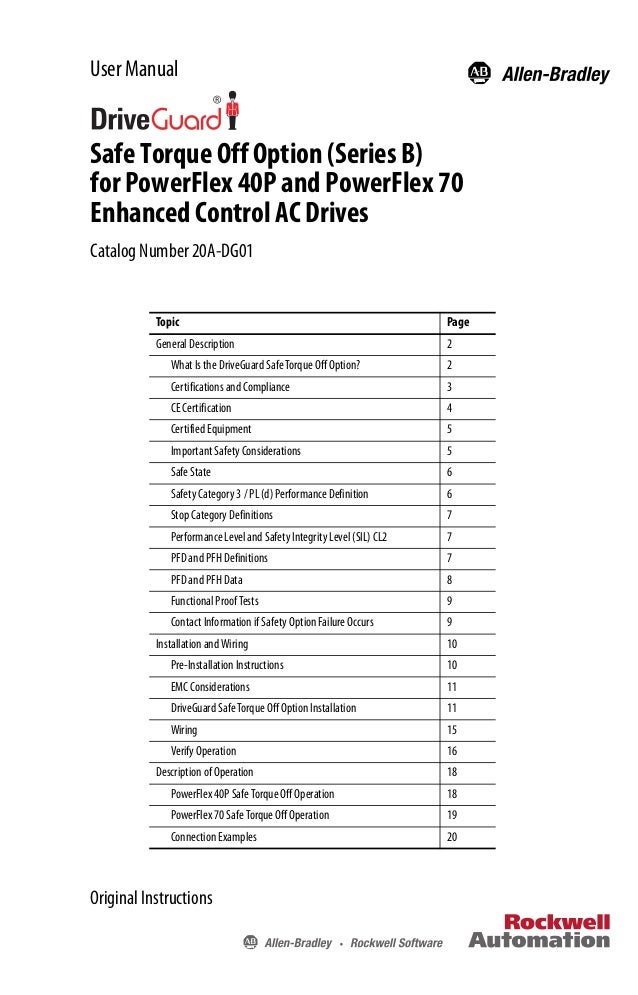
Pflex Um003 En P

What S The Difference Between Pl And Sil Machine Safety Standards

Komponenten Der Automatisierungstechnik Pdf Free Download
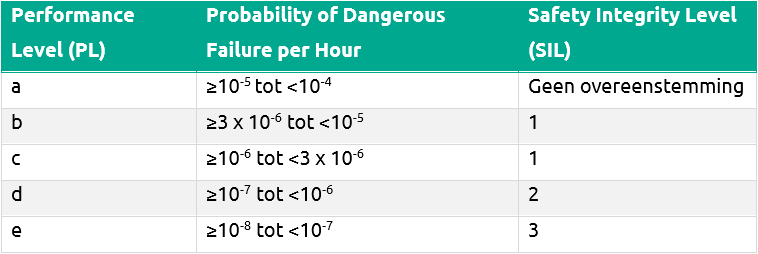
Wat Zijn De Verschillen Tussen Safety Integrity Level Sil En Performance Level Pl Istec International
Www Elmomc Com Wp Content Uploads 18 10 Safety Pdf
Http Www Diva Portal Org Smash Get Diva2 Fulltext01 Pdf
Www Pfannenberg Com Fileadmin Redakteur Downloads Catalogues Brochures Signaling Technology Sil Pl Basics Eng Pdf
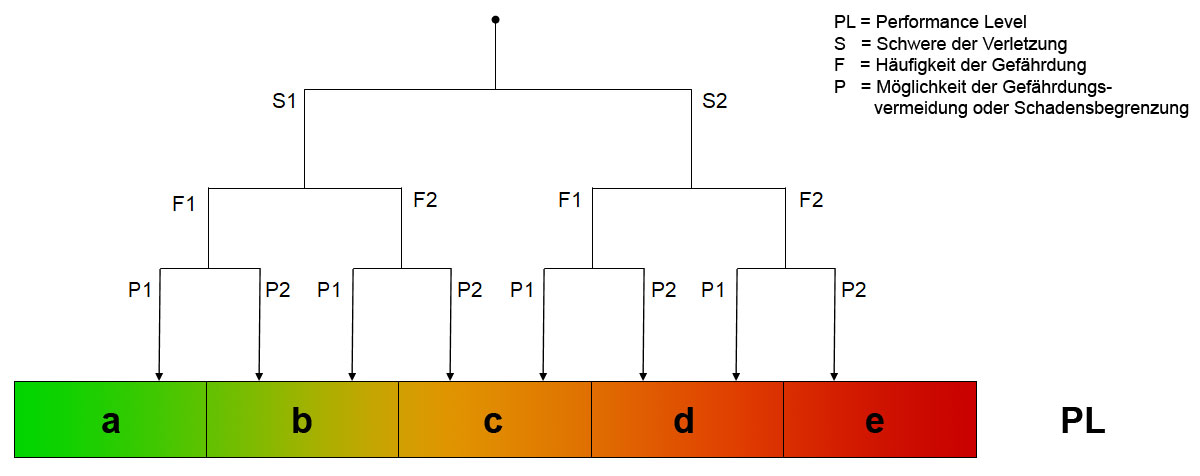
Performance Level Pl

Functional Safety And Industry 4 0 Analog Devices

Calculation Tool To Verify Functional Safety Pilz Au

Safety Update This Presentation Covers Machinery Directive 06 42 Ec Ppt Download

Iso 1 Analysis Part 3 Architectural Category Selection
Http Www Ein Org Pl Sites Default Files 13 02 02 Pdf
Cdn Sick Com Media Content Hb0 H53 Pdf
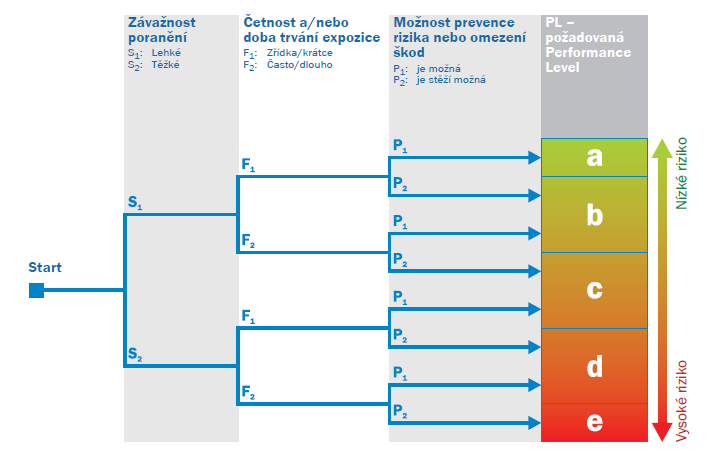
Bezpecnost Stroju 2 Dil Pl Vs Sil Automatizace Hw Cz

Reer Iso 1 Pl
Cdn Sick Com Media Content Hb0 H53 Pdf
Q Tbn And9gcs Ionhffqlwkfhs4s8ffckuhtvojo2d Psgbrwkkydbegkqmr Usqp Cau

What S The Difference Between Pl And Sil Machine Safety Standards

Safety Functions Of Safety Components Technical Guide Australia Omron Ia

Reer Iec 661 Sil Conclusions
Umrechnung Von Performance Level Pl Auf Sicherheits Integritatslevel Sil
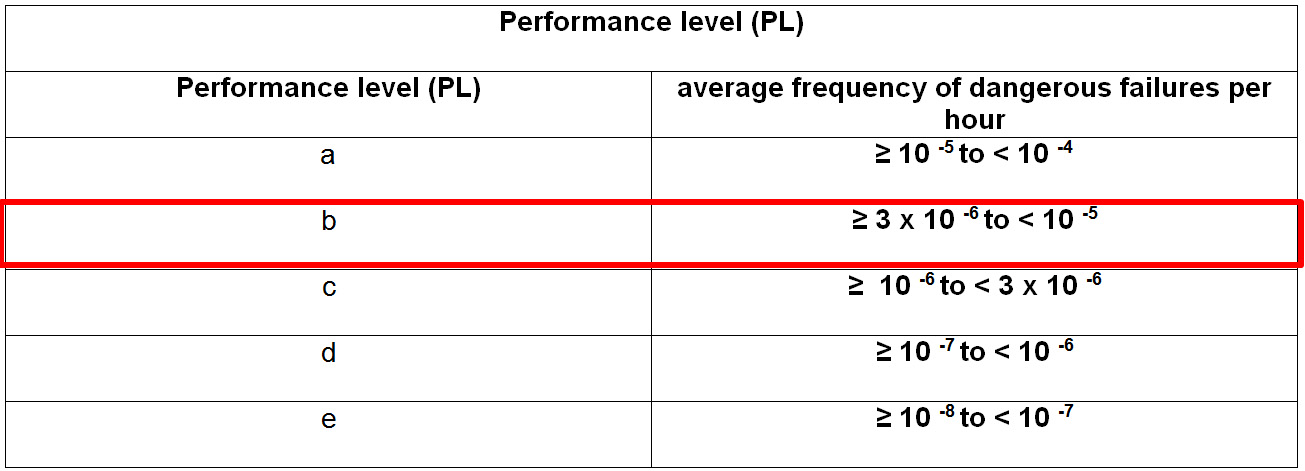
Sil Pl What Is The Probability Of Failure Of A Safety Function Wika Blog
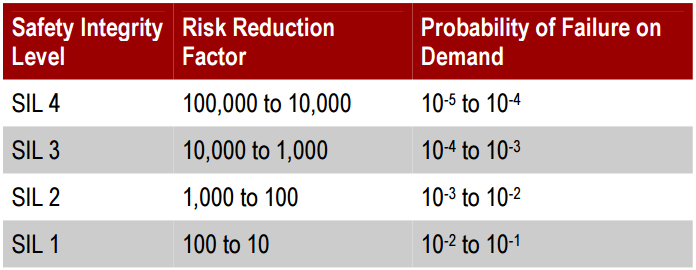
Importance Of Safety Integrity Level Sil Instrumentation Tools

Performance Level En Sil Bij Atex Machines
Http Www Ein Org Pl Sites Default Files 13 02 02 Pdf
Www Insafetyconf Com Wp Content Uploads 19 02 4h Pdf

What S The Difference Between Pl And Sil Machine Safety Standards
Berechnung Des Performance Level Nach En Iso 1

What Are Functional Safety Standards For Servo Drives

Artikel Machinebouwers Pas Op Met Sil Componenten Uit De Procesindustrie D F

Functional Safety For Integrated Circuits Analog Devices

Iso 1 Analysis Part 3 Architectural Category Selection

Motrona Gmbh Speed Monitors With Sil3 Ple Sil2 Pld Certificate

Pl Parameters Safety Knowledge Keyence
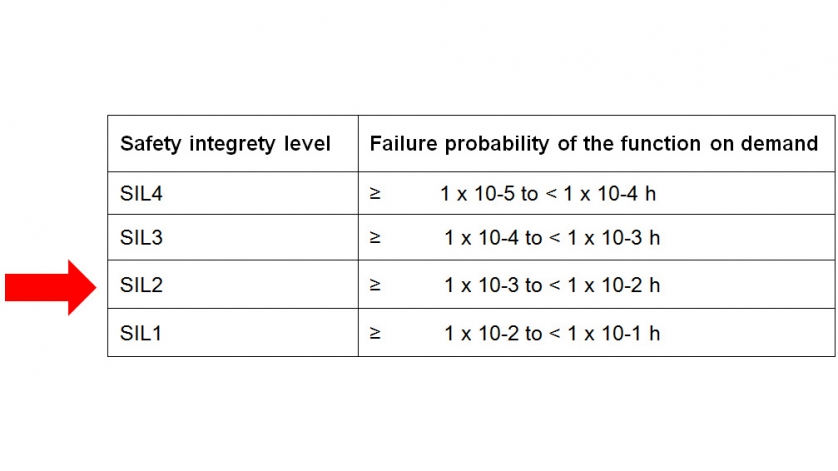
Sil Pl What Is The Probability Of Failure Of A Safety Function Wika Blog

What S The Difference Between Pl And Sil Machine Safety Standards
Www Ifm Com Img Safety White Paper Pdf

Functional Safety Sil Pl
Cdn Sick Com Media Content Hb0 H53 Pdf
Q Tbn And9gcsfvufyvipqdvfxmdv1c2lxhm61t4ynfsisdvsgsl0 Usqp Cau

En 1 Sil 2 Pl D Mttfd Etc And What Does It Mean For Crane Safety Systems Kst Systemss Webseite

Functional Safety Sil Pl

Table 3 From Safety Integrity Level Sil Versus Full Quantitative Risk Value Nienaruszalnosc Bezpieczenstwa A Wartosc Ryzyka Semantic Scholar

Determine Safety Integrity Levels Sil For Process Applications
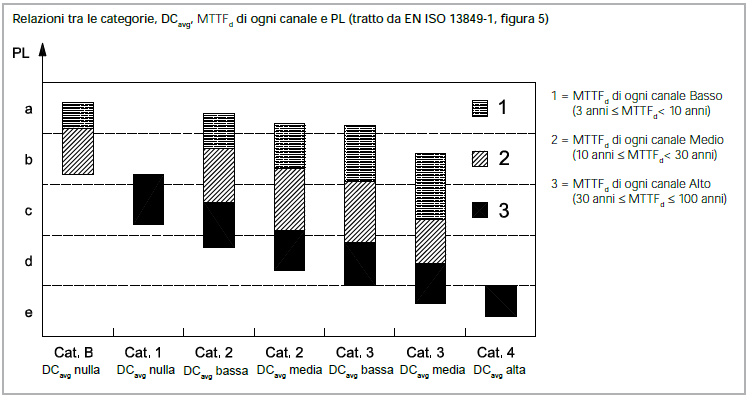
Pl Ok Esempi Di Calcolo Del Performance Level Pl En Iso 1 Certifico Srl
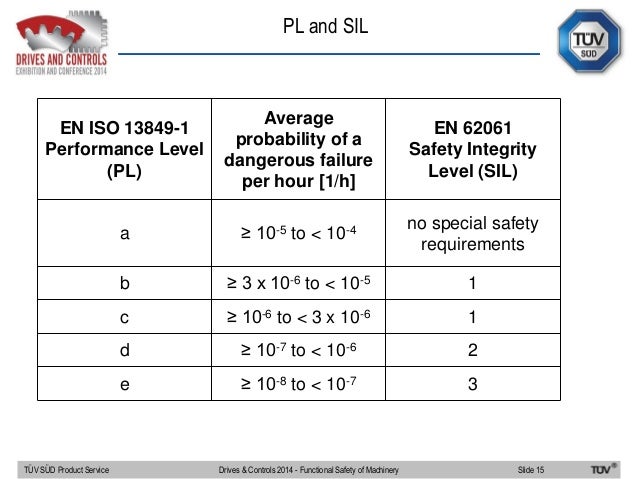
Functional Safety Standards For Machinery

Safety Integrated Level And Performance Levels For Machine Safety

2 4 2 Iec En 661 Functional Safety Control Systems Leuze The Sensor People

Safety Integrated Level And Performance Levels For Machine Safety
Www Robotics Org Filesdownload Cfm Dl4 3 Iso pl calculations simplified 1 Pdf

What S The Difference Between Pl And Sil Machine Safety Standards



